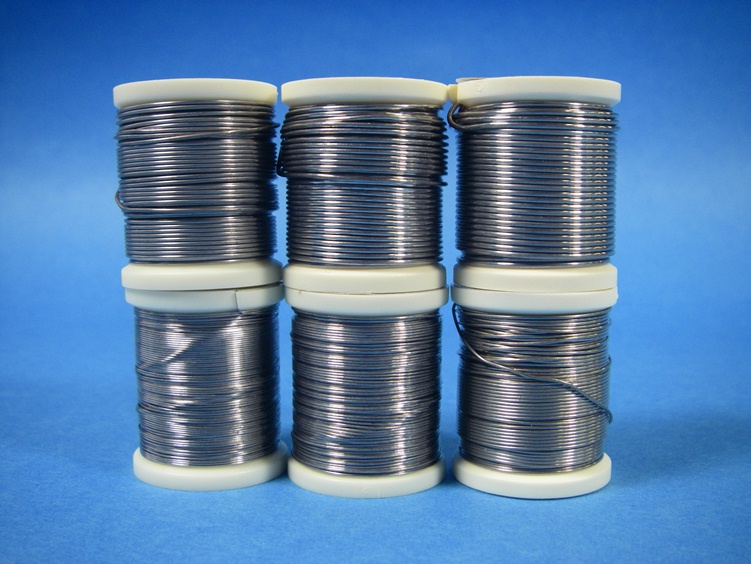BEAD SIZE
|
HOOK SIZE
|
SINK RATE (IN/SEC)
|
5/64 (.078IN / 1.98MM)
|
18 - 20
|
19.55
|
3/32 (.093IN / 2.38MM)
|
16 - 18
|
20.57
|
7/64 (.109IN / 2.78MM)
|
14 - 16
|
23.20
|
1/8 (.125IN / 3.18MM)
|
12 - 14
|
25.25
|
5/32 (.156IN / 3.97MM)
|
8 - 10
|
26.57
|
3/16 (.188IN / 4.76MM)
|
4 - 6
|
29.27
|
ROUND BEAD HEAD BEADS
BEAD SIZE
|
HOOK SIZE
|
SINK RATE (IN/SEC)
|
1/16 (.062 / 1.5MM)
|
20 - 22
|
N/A
|
5/64 (.078IN / 2.0MM)
|
18 - 20
|
13.45
|
3/32 (.093IN / 2.3MM)
|
16 - 18
|
14.88
|
1/8 (.125IN / 3.2MM)
|
12 - 14
|
15.79
|
5/32 (.156IN / 4.0MM)
|
8 - 10
|
18.21
|
3/16 (.188IN / 4.8MM)
|
4 - 6
|
21.07
|
7/32 (.218 / 5.6MM)
|
2 - 4
|
22.50
|
HOT BEADS
BEAD SIZE
|
HOOK SIZE
|
SINK RATE (IN/SEC)
|
1/8 (.125IN / 3.18MM)
|
12 - 14
|
15.79
|
5/32 (.156IN / 3.97MM)
|
8 - 10
|
18.21
|
3/16 (.188IN / 4.76MM)
|
4 - 6
|
21.07
|
TUNGSTEN CONE HEADS
BEAD SIZE
|
HOOK SIZE
|
SINK RATE (IN/SEC)
|
SMALL
3/16 (.188IN / 4.8MM)
|
4 - 6 - 8
|
25.00
|
MEDIUM
7/32 (.218IN / 5.6MM)
|
2 - 4
|
27.14
|
LARGE
1/4 (.250IN / 6.3MM)
|
1 - 2 - 4
|
29.32
|
BEAD SIZE
|
INCHES
|
MILLIMETERS
|
6/0
|
.145
|
3.7
|
7/0
|
.134
|
3.4
|
8/0
|
.118
|
3.0
|
9/0
|
.102
|
2.6
|
10/0
|
.091
|
2.3
|
11/0
|
.087
|
2.2
|
12/0
|
.074
|
1.9
|
14/0
|
.063
|
1.6
|
15/0
|
.059
|
1.5
|
HOOK SIZE
|
WIRE SIZE
|
4 AND LARGER
|
.035
|
4 – 6
|
.030
|
6 – 10
|
.025
|
12 – 14
|
.020
|
14 – 16
|
.015
|
18 AND SMALLER
|
.010
|
Nothing in Fly Fishing is set in stone, but these are good guidelines to follow. I found this chart on http://flytyingnewandold.blogspot.com/ and I have something similiar to this printed out and taped to my fly materials box as a reminder to size.




















